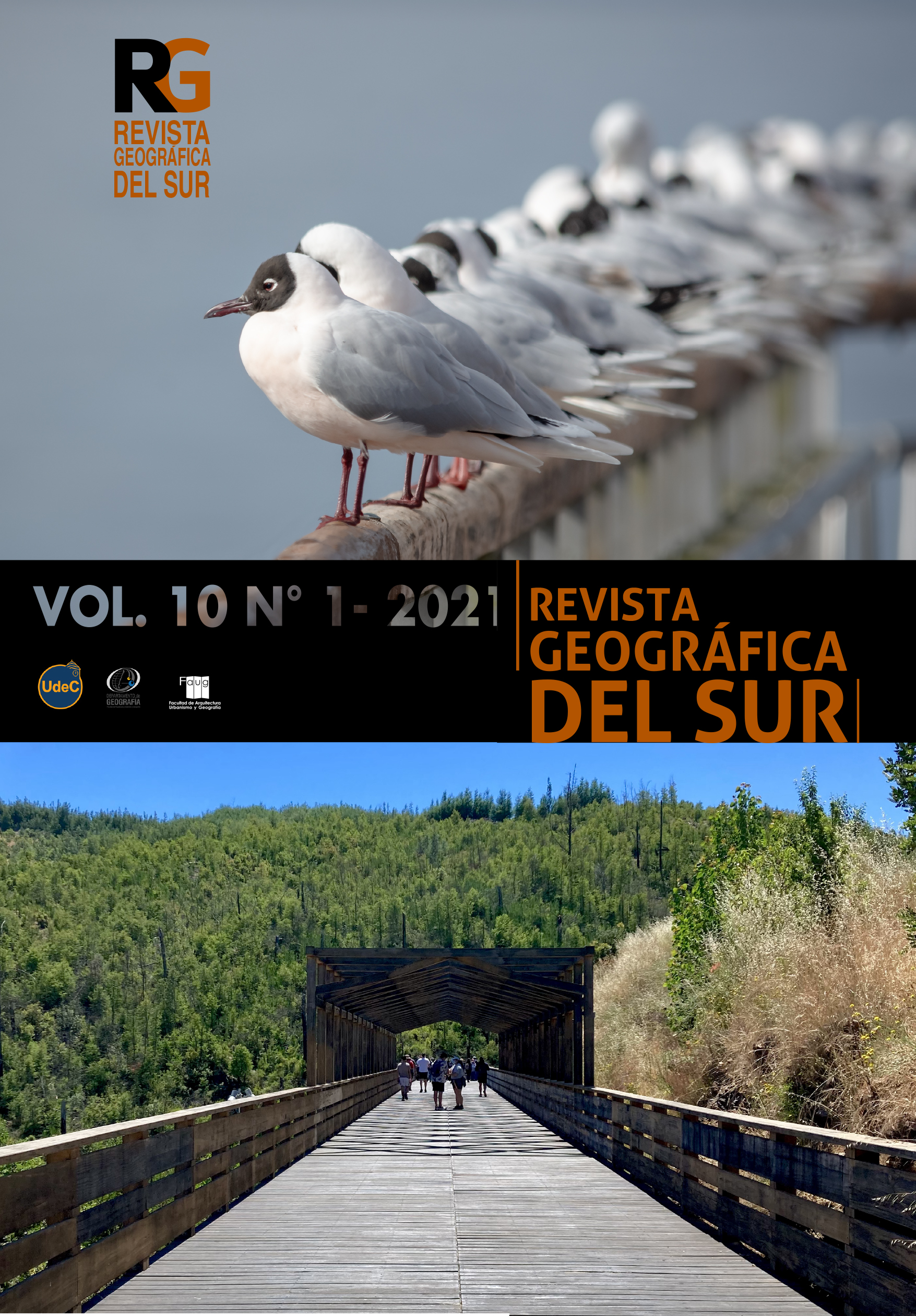CHARACTERISTICS OF THE TOURISM ACTIVITY THAT USES THE CALIFORNIA SEA LION AS A NON-EXTRACTIVE RESOURCE IN THE BAY OF MAZATLÁN, SINALOA, MEXICO
DOI:
https://doi.org/10.29393/GS10-2CABB50002Keywords:
Zalophus californianus, California sea lion, Mazatlán, Ecotourism, tourist activity, MexicoAbstract
In northwestern Mexico, the California sea lion Zalophuscalifornianus is the only species of marine mammal (pinniped) resident in the Gulf of California and is considered one of the touristic icons of the port of Mazatlán, Sinaloa. In Mazatlan Bay, there is a temporary sea lion rookery during the winter and spring months on a small rock called Roca Tortuga (Turtle Rock). The proximity of the sea lion trap allows tourist service operators to interact directly with the sea lions, and boat rides are an attraction; in addition, the presence of sea lions coincides with the high season of tourist visitation to the port. The objective of the study was to identify the number of users of the tourism sector that use the sea lion as an attraction in their tours of Mazatlan Bay and to determine the economic spill. To obtain the information, 55 surveys and 52 semi-structured interviews were conducted with tour operators from November 2011 to May 2012. The results of this research show that 12 tour operators, using 18 boats, offered Roca Tortuga sea lions as a tourist attraction on their tours to 35.531 visitors. The economic income generated by this activity during the period analyzed was $11.425120 MXN, of which $3.714.237 MXN (30%) corresponds to visits to Roca Tortuga exclusively to see sea lions. This activity could represent a sustainable alternative for the use of natural resources with a socioeconomic benefit for the locals and as an activity with great potential for the development of educational activities for the conservation of the ecosystem.
Downloads
Published
How to Cite
Issue
Section
Copyright (c) 2021 Universidad de Concepción

This work is licensed under a Creative Commons Attribution 4.0 International License.







